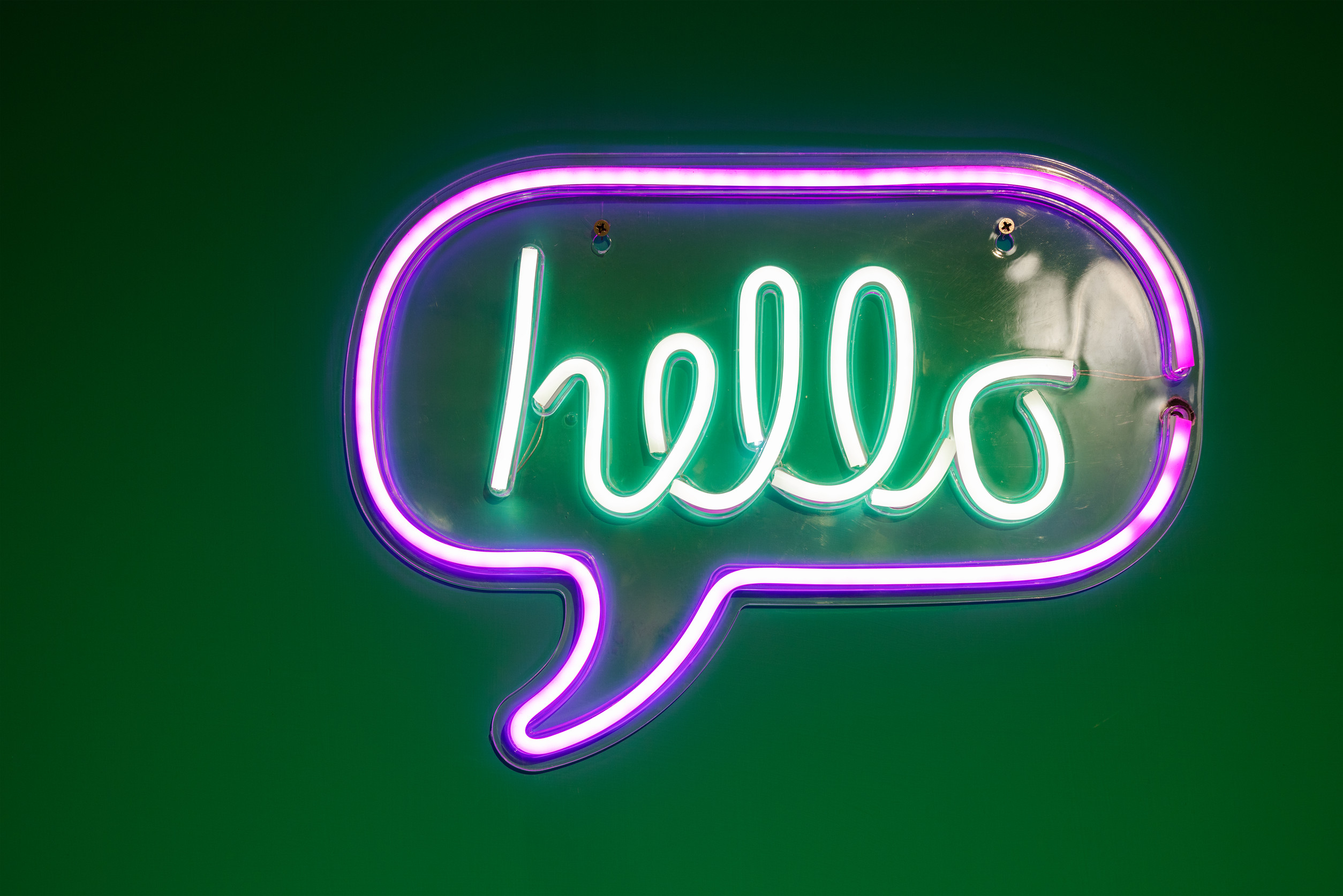There’s something oddly powerful about a greeting. A simple “hello” can open doors, set a tone, or create tension before a conversation even begins. While most people mean well, the way they greet others can leave a lasting impression, sometimes not the one they intended.
Cultural norms, personality quirks, or just plain awkwardness can all lead to greetings that miss the mark.
1. The Overly Loud Greeting That Feels Like a Public Announcement
Some people greet others as if they’re addressing a packed auditorium. While confidence is generally welcome, a booming “HEY!” can come off as abrasive, especially in quiet or formal settings. It can startle people and make them feel on the spot rather than welcome. Volume doesn’t always equal enthusiasm—it can feel like an invasion. A softer, more mindful tone shows awareness and respect for the environment.
2. The Prolonged Eye Contact with No Words
A silent stare accompanied by an expectant smile might be intended as warm, but it often feels unsettling. When someone looks directly at another person without speaking, it can create confusion or discomfort.
People aren’t mind readers, and social cues like a friendly “hello” go a long way in easing tension. A greeting without words often leaves the other person wondering what’s expected of them. Mutual eye contact should enhance a hello, not replace it.
3. The Insincere “Hey Stranger”
On the surface, “Hey stranger” might seem playful or nostalgic. But for many, it can feel like a passive-aggressive jab wrapped in a greeting. It implies blame for lost contact while pretending to be casual. Instead of reigniting a connection, it can highlight distance or guilt. A simple, friendly hello can make reconnecting feel more genuine and less judgmental.
4. The Uninvited Nickname Greeting
Greeting someone with a nickname they never agreed to can come off as presumptuous. Especially in professional or new social settings, it can feel dismissive or overly familiar. It often assumes a level of closeness that hasn’t been mutually established. What’s meant to be playful might actually undermine respect or identity. Sticking to someone’s actual name, at least at first, keeps things respectful.
5. The Aggressive Handshake-and-Stare Combo
Some people kick off a conversation with a bone-crushing handshake and unrelenting eye contact. Meant to show confidence, it often borders on dominance. Instead of creating a connection, it can feel like a challenge or test. Body language speaks volumes, and an over-the-top greeting can make others feel defensive or wary. A firm but relaxed approach tends to be more effective and welcoming.
6. The “Too Cool to Care” Nod
A barely-there head nod or mumbled “yo” can send the wrong message. Instead of appearing laid-back or cool, it might come off as disinterested or aloof. First impressions matter, and dismissive greetings often make people feel undervalued. Enthusiasm doesn’t need to be over the top, but basic acknowledgment goes a long way. A clear, intentional hello signals that the other person matters.
7. The “What’s Up?” That Expects a Real Answer
In many places, “what’s up?” functions as a casual hello with no real expectation for a response. But when someone greets with this phrase and then expects a deep or literal answer, it can catch people off guard. It creates awkwardness, especially when one person responds casually and the other is looking for substance. Clarifying intent—whether it’s just a greeting or a conversation starter—avoids confusion. Communication works best when both parties are on the same page.
8. The Too-Touchy Introduction
Physical touch means different things to different people, and assuming comfort with it can quickly cross lines. Hugging someone at a first meeting or placing a hand on their shoulder while greeting them can feel intrusive. Touch should be guided by social context and the other person’s cues, not habit. While some cultures value physical greetings, others lean toward personal space. Respecting boundaries makes people feel safe and respected from the very start.
9. The Overly Formal “Salutations” or “Greetings”
Using grand or outdated language like “salutations” might seem charming or intellectual. But in most settings, it can sound forced, robotic, or out of touch. It risks making the speaker appear disconnected from modern conversational norms. Unless done playfully in a shared context, overly formal greetings create unnecessary distance. A natural tone helps build rapport more effectively.
10. The High-Energy “Heeey!” That Doesn’t Match the Mood
Greeting someone with over-the-top enthusiasm can feel jarring if the moment doesn’t call for it. When someone is having a tough day, or if the environment is subdued, a high-pitched “Heeey!” can seem tone-deaf. Emotional intelligence involves reading the room before deciding on a greeting style. People appreciate authenticity more than exaggerated cheerfulness. Matching energy with sensitivity shows social awareness.
11. The Interrupting “Hello!”
Jumping into a conversation or activity with an abrupt “hello!” can be jarring rather than polite. Timing matters—especially when others are already engaged in something else. Interrupting to make one’s presence known feels more like a demand than a greeting. Waiting for a natural pause or making eye contact first often softens the introduction. Respecting the flow of interaction sets the stage for a smoother connection.
How Do You Say Hello?
Greetings are the social spark that kick off countless interactions every day. While most people don’t mean harm with how they say hello, the nuances can dramatically affect how others feel in the moment. Whether it’s too much enthusiasm, not enough, or a greeting that lands somewhere awkwardly in the middle, the key lies in balance, timing, and emotional awareness. A thoughtful hello can bridge gaps, build trust, and make people feel seen.
Have you encountered a greeting that rubbed you the wrong way, or one that stood out for all the right reasons? Let us know and share your stories.
Read More
9 Lost Manners That Are Making the World a Ruder Place
Texting or Talking? What Your Communication Style Says About Your Relationship


